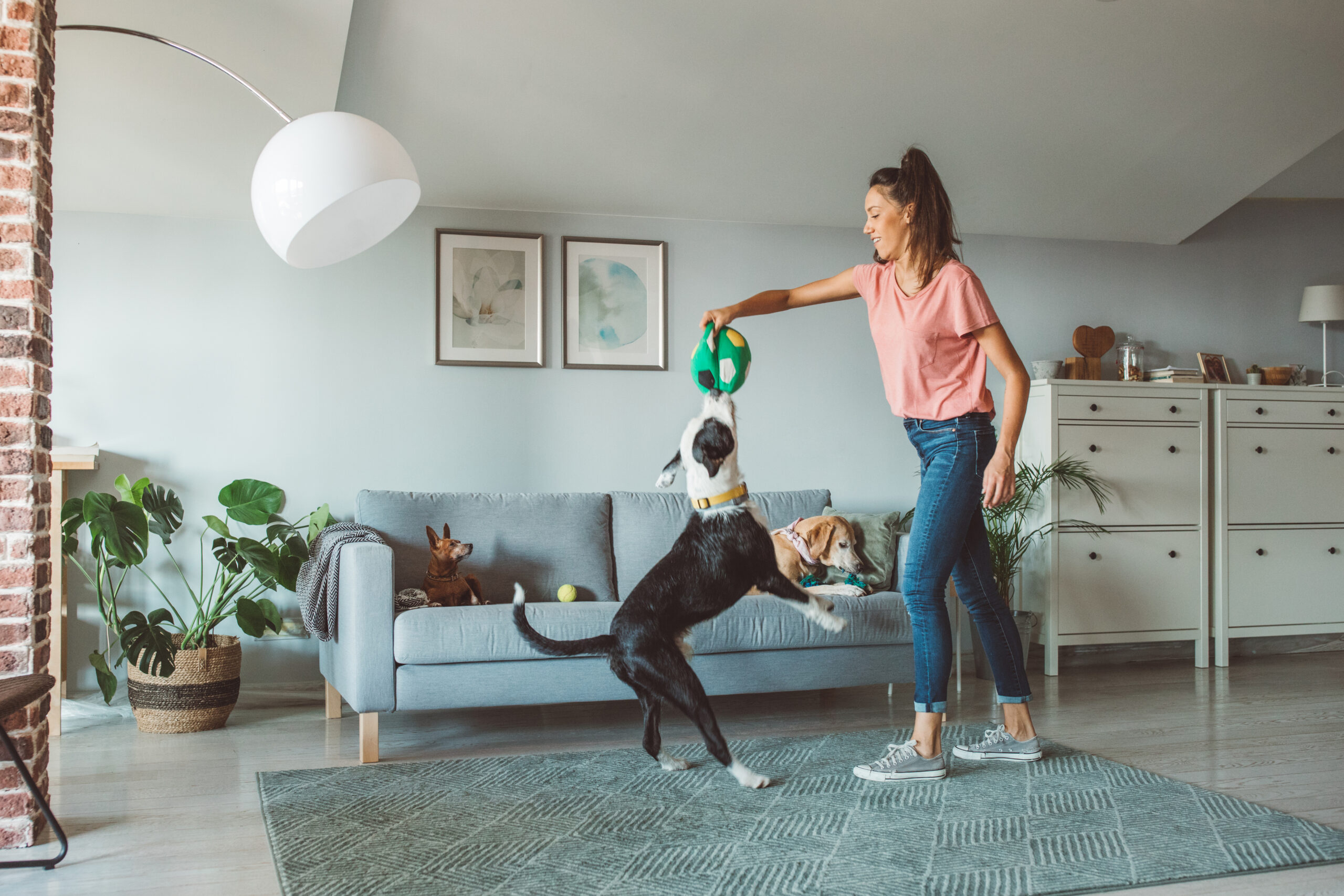Bringing a new puppy into your life is a big decision—one filled with excitement, responsibility, and plenty of preparation. One of the most important, yet often overlooked, parts of the process is choosing a breed that fits well with your living environment. Your home plays a huge role in determining what type of dog will thrive in your care. Choosing the right breed for your space can make all the difference in your puppy’s happiness and your long-term success as a pet owner.
Here are the key factors to consider about your home when picking a puppy breed:
1. Size of Your Living Space
The size of your home is one of the most obvious considerations. While it’s a myth that large dogs *can’t* live in smaller spaces, the breed’s energy level and activity needs matter more than their physical size. High-energy breeds like Border Collies or Huskies may struggle in apartments or small homes unless you can meet their exercise needs elsewhere. On the other hand, lower-energy large breeds, like Great Danes, may do just fine in an apartment if given regular walks and a comfy place to lounge.
For smaller homes or city apartments, compact breeds such as French Bulldogs, Cavalier King Charles Spaniels, or Dachshunds tend to adapt more easily to tighter quarters.
2. Outdoor Access
Do you have a backyard? A fenced-in outdoor space can be a major benefit, especially for breeds that enjoy running, sniffing, or playing freely. While it shouldn’t replace daily walks and exercise, having access to a safe yard makes potty training and playtime more convenient.
If you don’t have a yard, consider breeds that are more tolerant of leashed walks and smaller indoor spaces. Toy breeds, small terriers, and brachycephalic (short-nosed) breeds often fall into this category.
3. Noise Levels and Shared Walls
If you live in a townhouse or apartment with thin walls or shared floors, noise may be a concern—for both you and your neighbors. Some breeds are naturally more vocal than others. Beagles, Chihuahuas, and many terriers are known for barking, while breeds like Greyhounds or Shih Tzus are generally quieter.
Puppies, regardless of breed, will bark at times—but choosing a quieter breed may help keep the peace in multi-unit buildings.
4. Climate and Indoor Comfort
Your home’s climate can impact a dog’s comfort and health. Breeds with thick coats, like Bernese Mountain Dogs or Malamutes, may struggle in homes without air conditioning in hot climates. Conversely, short-haired or small breeds like Italian Greyhounds may need extra warmth in colder environments.
Make sure the breed you choose matches the typical conditions of your home—especially if you live in a region with extreme temperatures.
5. Household Setup and Activity Level
Think about your home’s energy. Is it calm and quiet or bustling with kids and activity? Some breeds are better suited to family homes with lots of movement, while others prefer peace and consistency. Matching your puppy’s temperament to your household’s pace helps ensure a smooth transition.
Final Thoughts
Choosing the right puppy breed starts with an honest assessment of your living environment. Consider space, noise, climate, and your lifestyle to find a breed that will truly thrive in your home. The better the match, the happier you and your new furry companion will be for years to come.



